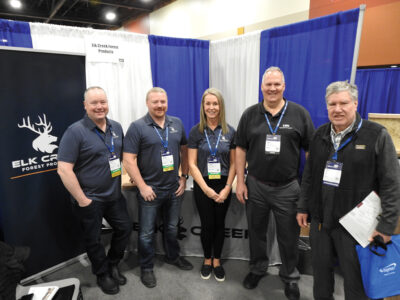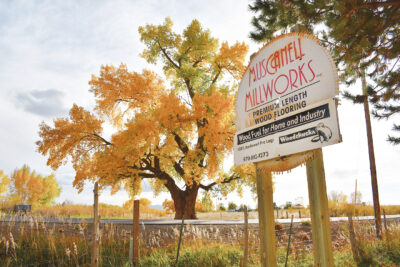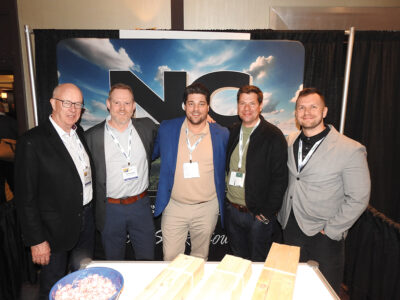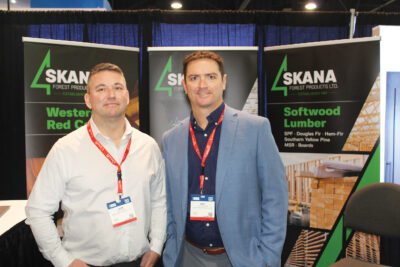
President & CEO of the
American Wood Council
Last month, the United Nations Environment Program and the French Government hosted a Buildings and Climate Global Forum in Paris that brought together 1,400 stakeholders from across the building sector with the sole purpose of finding ways to reduce carbon in the built environment. The Forum culminated in 68 countries signing onto the Declaration de Chaillot, a major statement of international intent to cooperate and make progress toward achieving a series of climate-related goals for the building sector. Foundational to the Declaration was a commitment to improving data, the methodologies for measuring, and ultimately reducing the embodied carbon in building materials.
Simultaneously, the U.S. Environmental Protection Agency (EPA) held a webinar introducing its recently launched “Low Embodied Carbon Labeling for Construction Materials” program. The $100 million program focuses initially on the most carbon intensive building materials – concrete, steel, asphalt and glass – but EPA has left open the option to expand to other materials in future years. This program will very likely alter how construction materials measure and demonstrate their sustainability to the U.S. government and the U.S. marketplace.
EPA has committed to upgrading the federal government’s life cycle assessment database (LCA Commons), which will be the central repository for product data used to make climate-conscious product choices. EPA has also committed to developing new criteria for Product Category Rules (PCR) that will govern how industries prepare Environmental Product Declarations (EPDs) that qualify for consideration under the new green label program. EPA has stated it will also be addressing data quality throughout the process. While wood products are not the initial focus of this program, reflecting in part a recognition of our significantly better climate-friendly profile, the efforts EPA will make in setting standards for data quality and how embodied carbon is measured in building materials can and will have profound impact on our sector.
Fortunately, we are well-positioned to engage in this effort and to ensure wood products assume their deserved place at the top of the climate-friendly building materials hierarchy. The American Wood Council (AWC) has developed and maintained a life cycle inventory database for the wood products industry over the past three years, and we just completed our 2023 mill survey, collecting 2022 production data from mills across the country. The 2023 survey added nearly 40 new mills to the dataset, further strengthening the industry’s data and accurate representation. This data will be available not only for future use in LCA Commons but will also ensure we have strong EPDs that can and should pass EPA scrutiny.
AWC is also embarking on an update to the wood product PCR, which will be timed perfectly to reflect the direction EPA ultimately takes in setting its PCR criteria. Importantly, our expertise in this area has also positioned AWC to effectively engage in EPA’s development of the green labeling program, including the PCR criteria. While EPA’s focus is on concrete, steel, glass and asphalt, AWC is hyper focused on ensuring the rules for data quality and carbon accounting are developed in a manner that ensures a level playing field for all materials, including wood products.
Finally, AWC is leading an effort to coordinate across the wood products industry to ensure the data underlying our EPDs is strong. Last year AWC was awarded a Wood Innovations Grant (WIG) that will allow increased industry coordination around data collection. AWC kicked off the grant in January by meeting with key industry stakeholders including other trade associations, member companies and the U.S. Forest Service. The meeting focused on data collection practices, training and technical assistance to empower the associations to support their own member companies in submitting data to AWC’s database. This will further bolster our effort to produce statistically significant EPDs that are consistent and reflect the highest levels of data quality.
AWC’s, and the whole wood products industry’s commitment to data collection and transparency, puts our sector ahead of the curve. We are already in a good position with a well-established database and updated EPDs in development along with high quality data thanks to the industry’s collective efforts. This ensures AWC and the industry can engage meaningfully in international and domestic efforts to reduce embodied carbon in the built environment, always with the goal of securing wood products their deserved recognition as the most sustainable building material on the planet.









